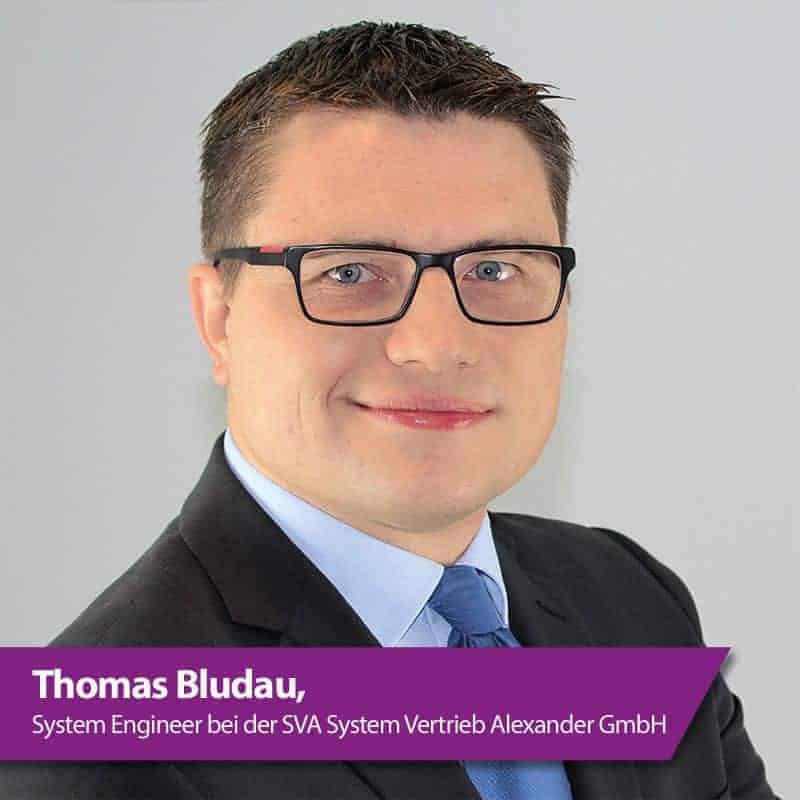Standardization and automation


The problems in IT are omnipresent. A "zoo" of different applications and tools dominates - and IT silos are widespread. In many cases, specialist departments act independently and uncontrollably, which leads to the creation of shadow IT.
The consequences are inflexible, slow and error-prone processes as well as high security risks. But what are the options for getting a grip on these challenges?
One trendy topic in this context is automation. Companies want to - or rather: have to - automate. The driving factors are efficiency gains, but also secure, standardized reproducibility and verifiability. In addition, automation is intended to create the basis for DevOps and self-service models.
In any case, automation must be understood in an overarching way, because automated silos are still silos and thus not goal-oriented! The task is: uniform automation of previously completely separate, independent tools.
This requires many independent specialist competencies, which are usually distributed across different departments and employees. Coordination problems, delays and incompatibilities are thus programmed.
Red Hat Ansible Automation offers an optimal solution for these challenges. This can save significant costs in workflow management.
Ansible can bring together a wide variety of playbooks and roles in a workflow. In this way, each area of IT can map its competencies in suitable playbooks, which can then be incorporated into complex workflows without influencing other areas.
The possibilities are perfectly illustrated by the automation of Hana deployments and configurations. The in-memory database Hana offers specific setup requirements that are documented in SAP Notes.
SAP defines all set-up guidelines for all platforms in these notes, which include many manual steps. Thus, there is a risk that one or the other system-specific note is overlooked or misinterpreted. In addition, SAP only grants support for production systems if the SAP Notes steps are consistently followed and documented.
The standard Hana installation process includes the following simplified steps: Provisioning the hardware or setting up a VM, installing and configuring the base operating system Red Hat Enterprise Linux, installing and configuring Hana, and validating and customizing the systems. The application can then be transferred to the regular maintenance cycle.
This time-consuming and complex process can be significantly optimized through automation using Ansible; the time required to set up a Hana system is reduced from days to minutes.
With Ansible, the steps of configuring the operating system, installing and configuring Hana, as well as validation and customer-specific adjustments can be fully automated. The basis for this is the transfer of the relevant SAP notes into Ansible Playbooks and Ansible Roles.
The core component of the automation process is Red Hat Ansible Tower. Using RESTful APIs and a self-service portal, the solution is easy to integrate with existing tools and processes, making it suitable for use across the enterprise.
Ansible Tower offers automation of complex workflow scenarios, centralized management of inventory, playbooks and credentials, role-based access control and a complete audit trail, among other features.
Red Hat Ansible is suitable for both smaller environments or one system and complex environments, which means the solution supports dynamic addition of new machines and by means of a few adjustments larger environments can be set up and configured.
With additional Ansible roles, the installation of scale-up and scale-out environments with Hana System Replication and corresponding high availability connectivity via Pacemaker is also easily possible.
In addition to fully automated deployment, Ansible in combination with Red Hat Satellite also supports configuration management during operation as well as patch and release management. Red Hat Ansible is designed for maximum ease of use and security.
Getting started with Ansible playbook development is easy and fast. Adaptations of the playbooks are continuously tested via a developer platform.
Each adaptation creates several scenarios, for example scale-up, scale-out, system replication and pacemaker, and tests whether the process is executed successfully.
Staging procedures are also supported. For example, identical environments can also be set up in the cloud: for error-free configuration and quality assurance, or for testing patches, upgrades and migrations.






